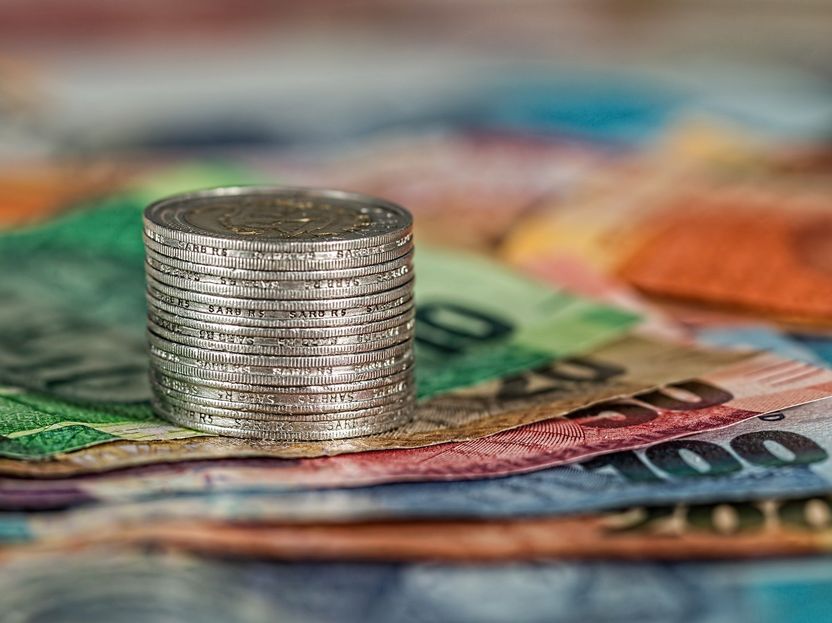No particular risk of infection of Sars-Cov-2 by cash
For fear of contagion, the pandemic is much more cashless payments
Advertisement
How long do Sars coronaviruses remain infectious on banknotes and coins? Is it possible to become infected through contact with cash? This is the question that experts from the European Central Bank, in collaboration with the Department of Medical and Molecular virology at the Ruhr-Universität Bochum (RUB), wanted to clarify in a study. The researchers led by Prof. Dr. Eike Steinmann and Dr. Daniel Todt developed a method specifically to test how many infectious virus particles can be transferred from money to the skin. Conclusion: Under realistic conditions, the risk of contracting SARS-CoV-2 from cash is very low.

stevepb / Pixabay
Viruses on notes and coins
In order to find out how long Sars-Cov-2 persists on coins and banknotes, the researchers treated various euro coins and notes with virus solutions of different concentrations and observed over several days how long infectious viruses were still detectable. A stainless steel surface served as a comparison in each case. The results are reassuring: While infectious viruses were still present on the stainless steel surface after seven days, they had completely disappeared from the 10-cent piece after six hours, and from the 5-cent piece after one hour. "The fact that it happens faster on the 5-cent piece is because it is made of copper, on which viruses are known to be less stable," explains Daniel Todt. On 10-euro notes, it took three days for infectious viruses to completely disappear, and two days for the 1-euro coin.
Artificial skin
The research team developed a new method to study how well the virus is transferred from a surface to the fingertip. They wetted banknotes, coins and credit-card-like PVC plates with harmless coronaviruses and, under high-security conditions, with Sars-Cov-2. These surfaces were then touched, while still moist or already dried, by test persons with their fingertips or, in the case of Sars-Cov-2, with artificial skin. Cell cultures were then inoculated with the viruses adhering to the fingertips. The researchers then examined these and the artificial skin to see how many infectious virus particles had been transferred.
"We saw that already after the liquid had dried, there was practically no more transmission of infectious viruses," Daniel Todt summarizes. "Under realistic conditions, infection with Sars Cov-2 on cash is very unlikely."
Infection via aerosols or droplets
This observation is consistent with the findings of other studies that in the vast majority of cases, infection occurs via aerosols or droplets. Smear infections via surfaces are almost non-existent. The current study was conducted with the alpha variant of Sars-Cov-2 in addition to the wild-type variant. "We assume that other variants such as the currently predominant delta variant also behave similarly," explains Eike Steinmann. The shelf life of the virus variants investigated so far had not differed from that of the original virus.
Note: This article has been translated using a computer system without human intervention. LUMITOS offers these automatic translations to present a wider range of current news. Since this article has been translated with automatic translation, it is possible that it contains errors in vocabulary, syntax or grammar. The original article in German can be found here.






















































